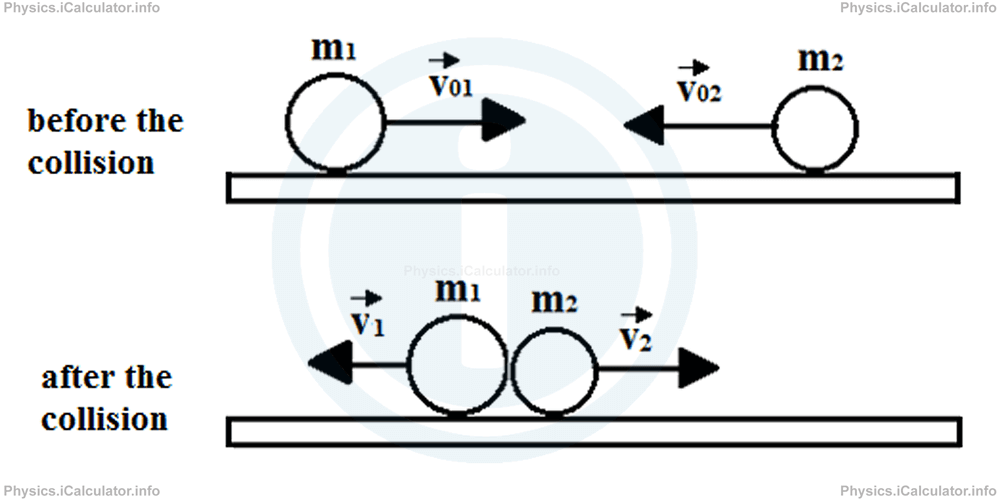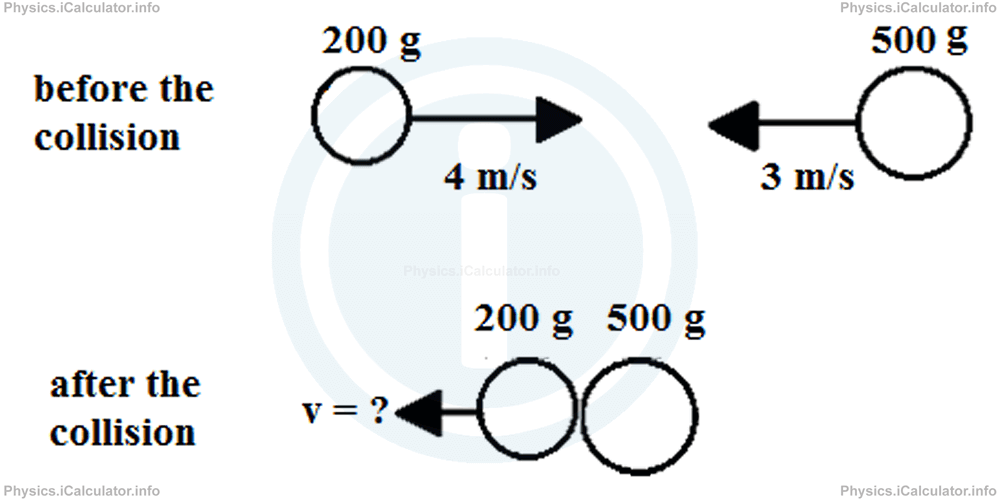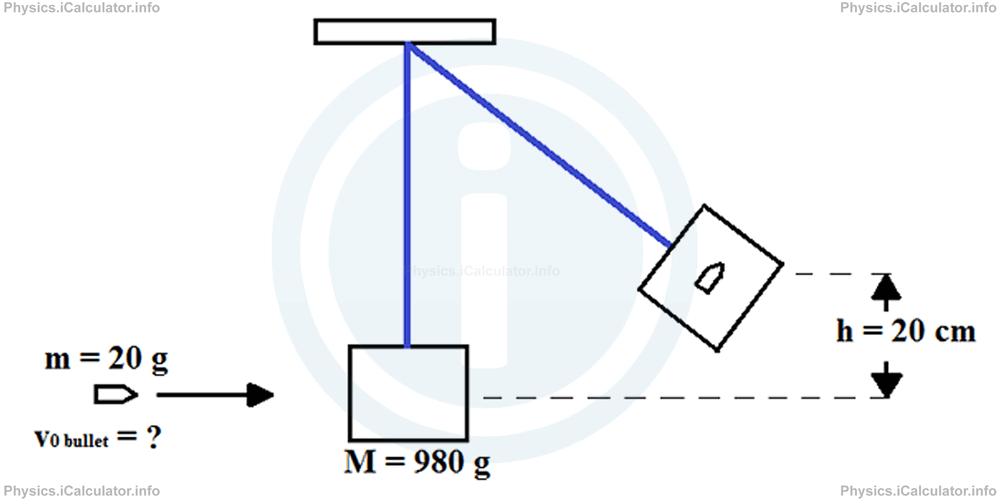Menu
Physics Lesson 6.7.3 - Conservation of Kinetic Energy in Collisions
Please provide a rating, it takes seconds and helps us to keep this resource free for all to use
Welcome to our Physics lesson on Conservation of Kinetic Energy in Collisions, this is the third lesson of our suite of physics lessons covering the topic of Law of Conservation of Momentum and Kinetic Energy, you can find links to the other lessons within this tutorial and access additional physics learning resources below this lesson.
Conservation of Kinetic Energy in Collisions
Kinetic energy isn't precisely "conserved" throughout an elastic collision. When two objects are interacting, the total kinetic energy first decreases while the system potential energy increases. The difference between a perfectly (absolutely) elastic collision and all other collisions is that in a perfectly (absolutely) elastic collision, the entire energy that was stored as potential energy is recovered as kinetic energy at the instant the collision ends.
When colliding the objects will compress during the interaction and regain their initial shapes and dimensions exactly at the instant the interaction ends. This doesn't happen with ordinary objects on human scales. If we consider colliding steel spheres, we can find that about 95% of the initial kinetic energy is recovered at the end of the collision, and the result appears to be very close to perfectly elastic but it isn't instead.
It is possible to obtain perfectly elastic collisions when the interactions are produced through conserved fields such as gravitational or magnetic fields. Put repelling wide magnets on the ends of two carts, and they can collide elastically, as all the energy stored in the magnetic field is recovered at the end. The problem in this case is the friction between the carts and the surface that supports them. If friction is neglected, they can collide with no lost kinetic energy.
Therefore, we can conclude that Kinetic Energy is conserved only in perfectly elastic collisions. The equation involved in such a situation, is
Equation 7
KE tot(0) = KEtotwhere KE tot(0) is the initial kinetic energy of the system, i.e. the total initial kinetic energy of the two objects before the collision, while KEtot is their total kinetic energy after the collision.
Hence,
Equation 8
KE0(1) + KE0(2) = KE1 + KE2Writing the equation (7) for two objects as the ones shown in the figure below,

we obtain
Equation 9
m1 × v201/2= m2 × v202/2+ m1 × v21/2+ m2 × v22/2The equation (9) is the mathematical representation of the Law of Kinetic Energy Conservation for two objects, which says:
"Kinetic energy is conserved only in perfectly elastic collisions."
This does not occur in elastic collisions that are not perfect. To prove this, we can bring in mind situations when a light object such as a ball collides with a very heavy and unmoveable object such as a large rock or a wall. It is quite impossible for the ball to keep its original kinetic energy as some of it is lost during the collision. Therefore, the initial kinetic energy of the object is greater than its final kinetic energy. On the other hand, the unmoveable object had no kinetic energy either before or after the impact. Therefore, the total kinetic energy of the system decreases after the collision.
Likewise, kinetic energy is not conserved in non-elastic collisons as well. Let's explain this point through an example.
Example 3
Two clay balls flying horizontally towards each other at 4 m/s and 3 m/s respectively move together after a head-to-head collision. The mass of the first ball is 200 g and that of the second ball is 500 g as shown in the figure.

- Calculate the common velocity of the two objects after the collision
- Prove that kinetic energy is not conserved in this case
Solution 3
a. We have the following clues considering also the direction (we take let-to-right as positive):
m2 = 500 g = 0.5 kg
v01 = 4 m/s
v02 = - 3 m/s (as it is moving from right to left)
v =
Applying the equation (6) on conservation of momentum for inelastic collisions
we obtain after substitutions
0.8-1.5 = 0.7 × v⃗
-0.7 = 0.7 × v⃗
v⃗ = -1 m/s
This result means both obejcts move at 1 m/s due left after the collision.
b. Let's calculate the initial kinetic energy for each object and compare their sum to the kinetic energy of the whole system after the collison. If these results are equal, kinetic energy is conserved, otherwise it is not.
Kinetic energy of the first object before the collision is
and that of the second object before the collision is
Therefore, the total energy of the two objects before the collision is
= 1.6 J + 2.25 J
= 3.85 J
On the other hand, we have for the kinetic energy of the system after the collision
= 0.7 × (-1)2/2
= 0.35 J
As you see, kinetic energy is not conserved in this inelastic collision as 0.35 J < 3.85 J. Therefore, the law of kinetic energy conservation is not applied in inelastic collisions.
Often, the law of conservation of momentum is very helpful during mechanical events studied by means of energetic approach when no other options are available to calculate the velocity in any part of the system. Look at the example below.
Example 4
A 20 g bullet hits horizontally a hanged wooden block. The block is initially at rest and its mass is M = 980 g. The bullet gets stuck in the block and the system bullet-block raises up to 20 cm above the initial position as shown in the figure. What was the initial velocity of the bullet? (Take g = 10 m/s2).

Solution 4
The event contains three stages: the initial stage before the bullet hits the block (instant 0), the intermediate stage in which the bullet has just stuck in the block (instant 1) and the final stage in which the system block-bullet raises at h = 20 cm = 0.02 m above the original level (instant 2). In this instant, the system does not possess any kinetic energy but only gravitational potential energy.
We have M = 980 g = 0.98 kg, m = 20 g = 0.02 kg, M + m = 0.98 kg + 0.02 kg = 1 kg and h = 20 cm = 0.2 m.
Let's start from this last stage. We have:
= (0.98 + 0.02) × 10 × 0.2
= 2 J
This value represents the mechanical energy of the system, which at this stage is only potential.
In stage 2, when the bullet has just stuck in the block, the system possesses only kinetic energy. Based on the law of mechanical energy conservation, this kinetic energy of the system block-bullet is numerically equal to the gravitational potential energy we found at the previous stage. Thus,
Such an approach helps us calculate the common velocity v⃗ of the system after the collision (which obviously is inelastic). Thus, we have
2 = 1 × v2/2
v2 = 4
v⃗ = 2 m/s
Now, using the Law of Conservation of Momentum for inelastic collisions, we can find the initial velocity of bullet v0(bullet). Thus, since the block initially was at rest, then v0(Block) = 0. Therefore, we have
Substituting the known values, we obtain
0.02 × v⃗0(bullet) = 2
v⃗0(bullet) = 2/0.02
= 100 m/s
You have reached the end of Physics lesson 6.7.3 Conservation of Kinetic Energy in Collisions. There are 3 lessons in this physics tutorial covering Law of Conservation of Momentum and Kinetic Energy, you can access all the lessons from this tutorial below.
More Law of Conservation of Momentum and Kinetic Energy Lessons and Learning Resources
Whats next?
Enjoy the "Conservation of Kinetic Energy in Collisions" physics lesson? People who liked the "Law of Conservation of Momentum and Kinetic Energy lesson found the following resources useful:
- Kinetic Energy Feedback. Helps other - Leave a rating for this kinetic energy (see below)
- Centre of Mass and Linear Momentum Physics tutorial: Law of Conservation of Momentum and Kinetic Energy. Read the Law of Conservation of Momentum and Kinetic Energy physics tutorial and build your physics knowledge of Centre of Mass and Linear Momentum
- Centre of Mass and Linear Momentum Revision Notes: Law of Conservation of Momentum and Kinetic Energy. Print the notes so you can revise the key points covered in the physics tutorial for Law of Conservation of Momentum and Kinetic Energy
- Centre of Mass and Linear Momentum Practice Questions: Law of Conservation of Momentum and Kinetic Energy. Test and improve your knowledge of Law of Conservation of Momentum and Kinetic Energy with example questins and answers
- Check your calculations for Centre of Mass and Linear Momentum questions with our excellent Centre of Mass and Linear Momentum calculators which contain full equations and calculations clearly displayed line by line. See the Centre of Mass and Linear Momentum Calculators by iCalculator™ below.
- Continuing learning centre of mass and linear momentum - read our next physics tutorial: Momentum and Impulse in Two Dimensions. Explosions.
Help others Learning Physics just like you
Please provide a rating, it takes seconds and helps us to keep this resource free for all to use
We hope you found this Physics lesson "Law of Conservation of Momentum and Kinetic Energy" useful. If you did it would be great if you could spare the time to rate this physics lesson (simply click on the number of stars that match your assessment of this physics learning aide) and/or share on social media, this helps us identify popular tutorials and calculators and expand our free learning resources to support our users around the world have free access to expand their knowledge of physics and other disciplines.